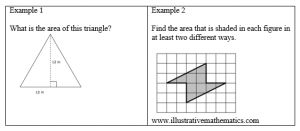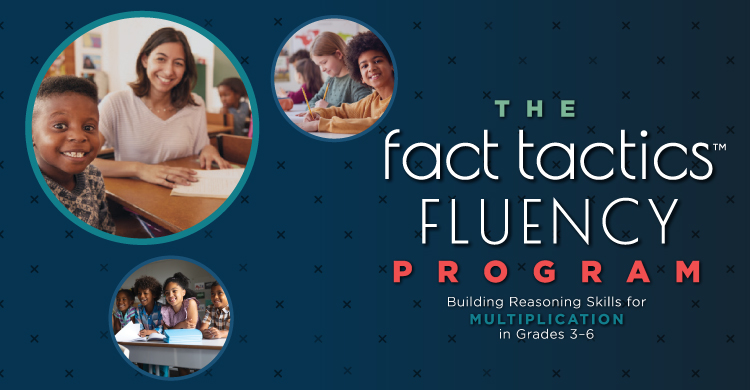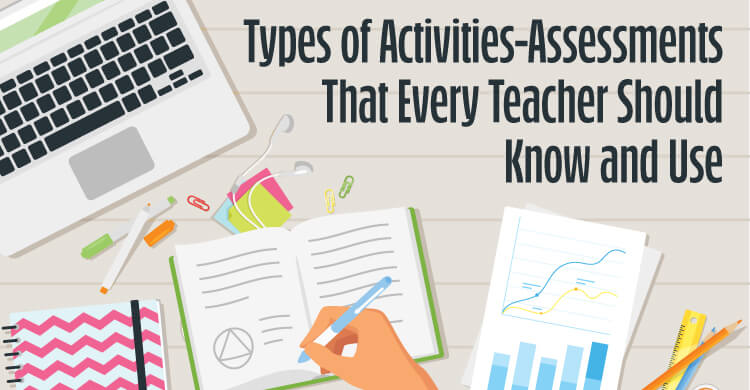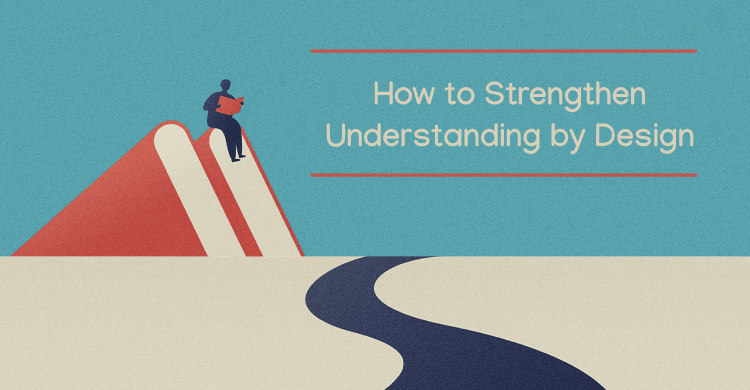Every year, teachers use dozens of formal unit assessments with their students to answer the second critical question of a Professional Learning Community, “How will we know when each student has learned it?” (Dufour, Dufour & Eaker, 2008) With new mathematics standards and the focus on teaching the content via the mathematical practices, how do we assess the assessments that gauge student learning? The biggest question from collaborative teams when planning their common formative assessment around the essential learning standards is, “How do we know if the assessments we are using to gauge student understanding are good? Or even great?”
According to DuFour, DuFour, Eaker, and Many (2010):
One of the most powerful, high-leverage strategies for improving student learning available to schools is the creation of frequent, high-quality, common formative assessments by teachers who are working collaboratively to help a group of students acquire agreed-upon knowledge and skills. (p. 75)
When you and your team come to agreement on the assessments aligned to the essential learning standards, you will minimize the wide variance in student task-performance expectations from teacher to teacher (an inequity creator). As teams create assessments, Kanold et al. (2014) articulate the questions teams should tackle as they plan their common formative assessments to minimize inequities.
- Are the essential learning standards written on the test? When the assessments are scored and returned to students, this specificity of feedback is vital for both teachers and students. Teachers more clearly understand each standard for instruction and, after giving the assessment, can analyze what specific learning standards their students grasp and in which standards to re-engage students during the next unit. This same specific feedback also empowers students to create an action plan to support any misconceptions and take ownership of their learning.
- Is there a balance of higher- and lower-level-cognitive-demand questions on the test? Collaborative teams need to pay attention to the complexity of the assessment items and ensure that items are balanced and assess the extent of the essential learning standard. Read the following 6th grade standard:
6.G.A.1 Find the area of the right triangles, other triangles, special quadrilaterals, and polygons by composing into rectangles or decomposing into triangles or other shapes; apply the techniques in the context of solving real-world and mathematical problems.
Questions that support this standard should assess both students’ procedural knowledge (example 1) of area of a triangles and their understanding to apply the process to a more contextual problem. In example 2, students are asked to find the area of the shape and students will need to decompose the shape to find the total area. Plus, students are asked to solve the problem in more than one way. Assessing the procedure alone would not meet the intent of this specific standard. A higher cognitive-demand question would require students to access relevant knowledge and experiences with triangles and polygons and make appropriate use of them in working through the task.
- Is there a variety in the assessment formats? When reviewing the assessment, teams need to clarify what item types will best assess the essential learning standard. At times, many teams rely on the assessments that come with their adopted resources and they might lack diversity of question types. Collaborative teams have to ask themselves this, “Are we assessing what is easy to assess or what matters?” Thinking back to the 6th grade standard, a multiple choice item or example 1 may assess the procedural knowledge of area, however, a more complex problem or performance task would be needed to assess the complex application portion of the standard.
- Is the scoring rubric clear and appropriate? When you create a balanced assessment, you also need to create a common scoring rubric. Ask your team, how many points would they assign to example 2? I ask this question to teams across the country and the variance is large with as low as 1 point to as high as 8. One the ten high-leverage team actions articulated in Beyond the Common Core A Handbook for Mathematics in a PLC at Work focuses solely on coming to understanding on how the collaborative team scores their common assessments and when teams commit to this level of collaboration, inequities in grades dissipate (Kanold, 2014).
As you work with your collaborative teams to answer the second critical question of a professional learning community, what other questions would you add to the list to ensure your team has a great assessment? Once collaborative teams are clear about the purpose of assessments and what makes them powerful to engage students and teachers in the assessment cycle, the assessment processes develop into a critical component of student and teacher learning. Let the planning begin!
Dufour, R., DuFour, R., & Eaker, R. (2008). Revisiting Professional Learning Communities at Work: New Insights for Improving Schools, Bloomington, IN: Solution Tree
DuFour, R., DuFour, R., Eaker, R., & Many, T. (2010). Learning by doing: A handbook for professional learning communities at work (2nd ed.). Bloomington, IN: Solution Tree Press.
6.G. Finding areas of polygons. Illustrative mathematics. https://www.illustrativemathematics.org/content-standards/tasks/647 Creative Commons Attribution-NonCommercial-ShareAlike 4.0
Toncheff, M., & Kanold, T. (2014). Beyond the common core: A handbook for mathematics in a PLC at work. Bloomington, Indiana: Solution Tree.
[author_bio id=”295″]







